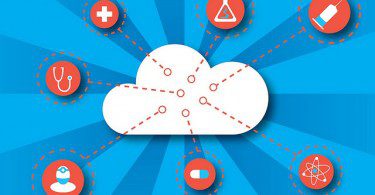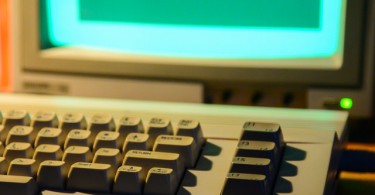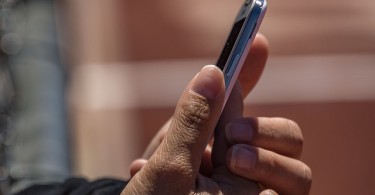In the fourth article of a multipart series on health literacy and innovation in health care, developed through the online master of public health at the George Washington University, I explain Big...
Julie Potyraj
Electronic medical records or EMRs
In the third article of a multipart series on health literacy and innovation in health care, developed through the online master of public health at the George Washington University, I explain...
Mobile health or mHealth
In the second article of a multipart series on health literacy and innovation in health care, developed through the online master of public health at the George Washington University, I explain...
Health tech–A primer
What is the Internet of Things exactly or the Quantified Self? And, is it really important for you to know about them? It could be that if you understood their relevance, it would help improve your...
Coping strategies for people with dementia
In the final part of a four-part series on caregiving and dementia, Julie Potyraj, community manager for the online master of public health at The George Washington University, explores multiple...
Helping people with dementia stay independent
In part three of a four-part series on caregiving and dementia, Julie Potyraj, community manager for the online master of public health at The George Washington University, looks into how...
How to communicate with a person with dementia
In part two of a four-part series on caregiving and dementia, Julie Potyraj, community manager for the online master of public health at The George Washington University, explores strategies that...
Caregiving: Understanding the emotional impact of dementia
In part one of a four-part series on caregiving and dementia, Julie Potyraj, community manager for the online master of public health at The George Washington University, looks into the emotional...
Five tips to relieve caregiver strain
If you’re a family caregiver, you need to take care of yourself. Most importantly, you need to accept your own feelings as natural and normal. And you need to find a way to cope; coping is an...
To help relieve stress, understand and recognize caregiver strain
As a family caregiver, you provide support for a variety of reasons, but the most important is that you care deeply about your loved ones. And, if you’re like most caregivers, you find the work...










